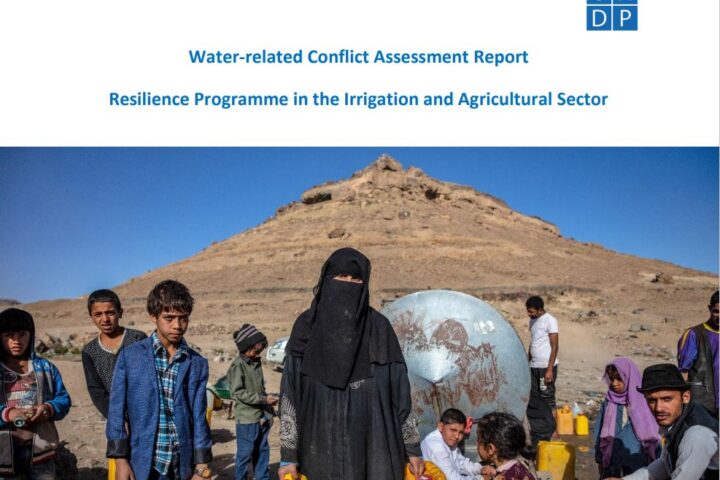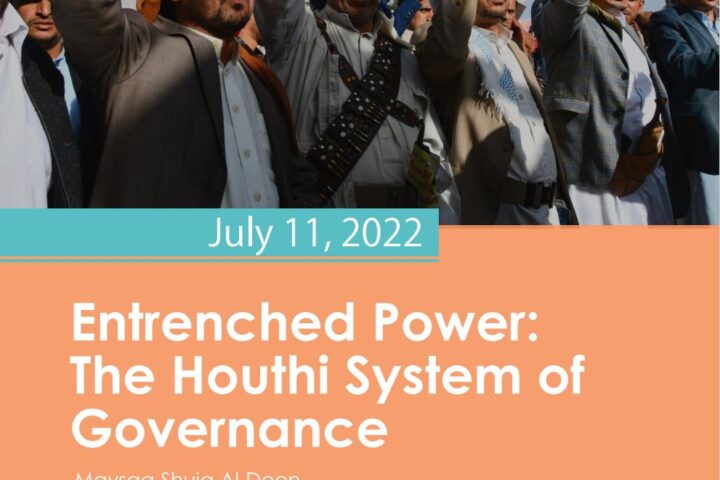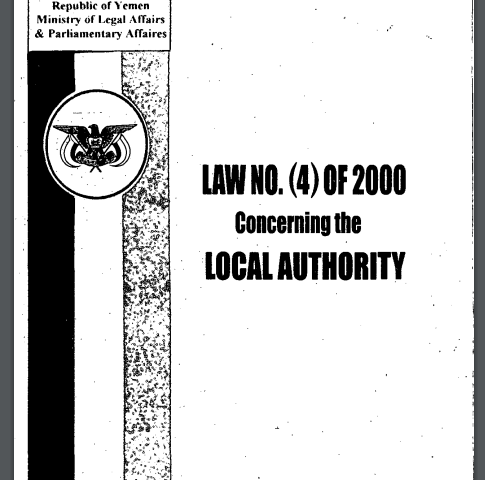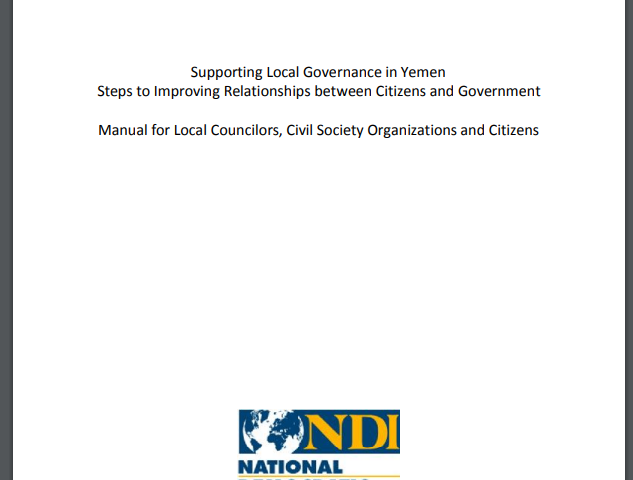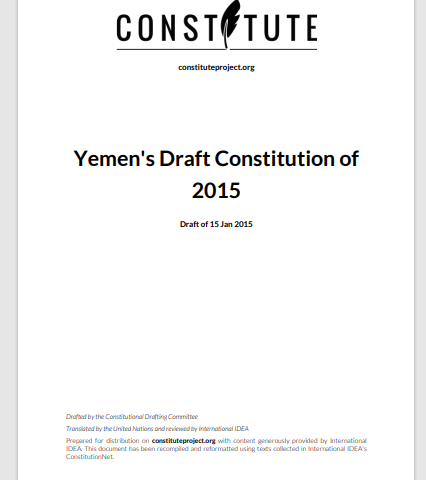The Governorate of Dhamar is located 100 kilometers to the south of the capital Sana’a and shares borders with Sana’a and Raymah governorates in its north, Al-Hodeidah in its west, and Ibb and Al-Dhalea in its south. The governorate is divided into 12 administrative districts, with Dhamar City as the capital of the governorate.
Dhamar governorate information
Map of Dhamar
Economy
Agriculture is the main economic activity in Dhamar, which is the fifth largest agricultural producer in Yemen, accounting for 5.3% of total production. The most important crops are vegetables, cereals, and fodder. Dhamar is one of the main sources for construction stones and minerals in Yemen, and quarrying and mining of ascoria, zeolite, and agate make it a center of Yemen’s small and largely artisanal mining sector.1World Bank mining survey 2009 and https://www.yemenna.com/index.php?go=guide&op=show&link=dhamar.
According to the local authority’s 2014 budget, grants and central subsidies constituted 96% of the total revenue for the governorate, while local revenues covered 4%.2Please see the appendix for further information on these different types of revenue. The most significant local sources of income are local shared revenues, particularly zakat, taxes, revenue from the sale of goods and services, fees on transportation of construction stones, pebbles, and sand, as well as fines and penalties.3Republic of Yemen, Ministry of Finance, Budget Sector: estimated local authority budget for the 2014 fiscal year. These revenues were adversely affected by the war. The establishment of the General Zakat Authority and the transfer of zakat to a central revenue has caused the governorate to lose an important source of income. However, for some time, Dhamar was able to make up for the shortfall by taxing trade between the areas under control of the internationally recognized government and the de facto authorities in Sana’a. However, growing insecurity on the road through Dhamar has displaced trade eastwards since late 2018.
According to the 2014 Household Budget Survey, the poverty rate in Dhamar was 31.1%. With the decline of economic conditions in Yemen, this number has likely increased.
Local governance
The local council of Dhamar consists of 21 councilors in addition to the governor. There are two vacant seats left by deceased members. The local council was disrupted for some time due to the destruction of the government complex, which houses the council, but it resumed its activities and has begun to hold regular meetings. As for the executive offices in the governorate, they are present and functioning normally, but at the bare minimum level of activities due to the decline in available financing and the absence of salaries.4Interview with one of the officials of the governorate, Dhamar. March 2019.
Since the resignation of Governor Al-Maqdashi, the Secretary General of the local council has been acting governor in Dhamar. As in other areas under control of the de-facto authorities, prerogatives formerly reserved for the governor increasingly lie with the governorate supervisor or are shared between governor and supervisor.
Access to basic services
With regard to the humanitarian situation, there are nearly 1,500,000 people in need of assistance in Dhamar, or 62% of the population. Sixty-one percent of them are in dire need.5https://data.humdata.org/dataset/yemen-humanitarian-needs-overview, 2023 People in Need in Yemen The current IDP population of Dhamar is nearly 200,000 (status December 2022).6Ibid.
Health services are provided by public hospitals and health centers. However, these facilities provide only basic services and they are insufficient to meet the needs of the population. International donors make their work possible.
With respect to education, 192 schools in Dhamar have been damaged by the war, a relatively high number compared to other governorates.7OCHA, An Overview of the Humanitarian Needs in Yemen 2018. Dhamar is also one of the governorates where teachers’ salaries are not being paid,8The Economic and Social Development In Yemen Newsletter, Issue No. 30, December 2017, published by the Economic Studies and Forecast Sector in the Ministry of Planning and International Cooperation. which has disrupted education.
As for drinking water, 57% of households in Dhamar had access to potable water in 2016/2017.9OCHA: An Overview of the Humanitarian Needs in Yemen 2018. A water supply network exists in Dhamar city, providing the residents of some parts of the city with potable water. The sewage network is functioning, but does not cover the entire city. Coverage has not kept up with new construction and the expansion of the city. In an attempt to improve sanitation services in Dhamar, donors, in cooperation with the local water and sanitation authority, have installed sanitation systems in some areas and connected them to the main sewage network.10UNICEF, expansion of support, outcomes achieved for children in Yemen 2017/2018, p. 20, and UNICEF, A report on the humanitarian situation in Yemen, October 2018, p. 7.
Demographics
| District | Size (km2) | Population (Female) | Population (Male) | Population (Total) |
|---|---|---|---|---|
| Al Hada | 1,622 | 94,790 | 99,089 | 193,879 |
| Jahran | 558 | 73,605 | 79,790 | 125,343 |
| Jabal Ash sharq | 366 | 50,142 | 50,040 | 100,182 |
| Maghirib Ans | 682 | 43,061 | 44,666 | 87,726 |
| Utmah | 441 | 129,704 | 114,647 | 244,351 |
| Wisab Al A’li | 247 | 146,403 | 129,458 | 275,862 |
| Wisab Al Safil | 448 | 144,356 | 127,248 | 271,605 |
| Dhamar City | 592 | 145,648 | 160,668 | 306,316 |
| Mayfa’at Anss | 834 | 47,190 | 50,113 | 97,304 |
| Anss | 558 | 92,686 | 95,545 | 188,231 |
| Dawran Aness | 558 | 96,120 | 100,378 | 196,498 |
| Al Manar | 681 | 38,828 | 39,983 | 78,810 |
| TOTAL | 7,587 | 1,102,533 | 1,091,626 | 2,194,159 |
Figures are based on the 2021 Humanitarian Needs Overview Yemen, OCHA. Population figures include the number of IDPs and residents.


